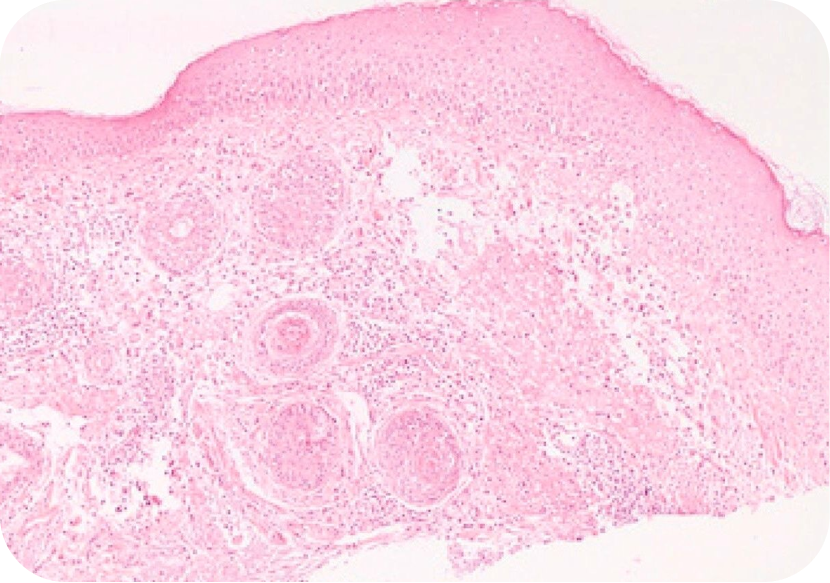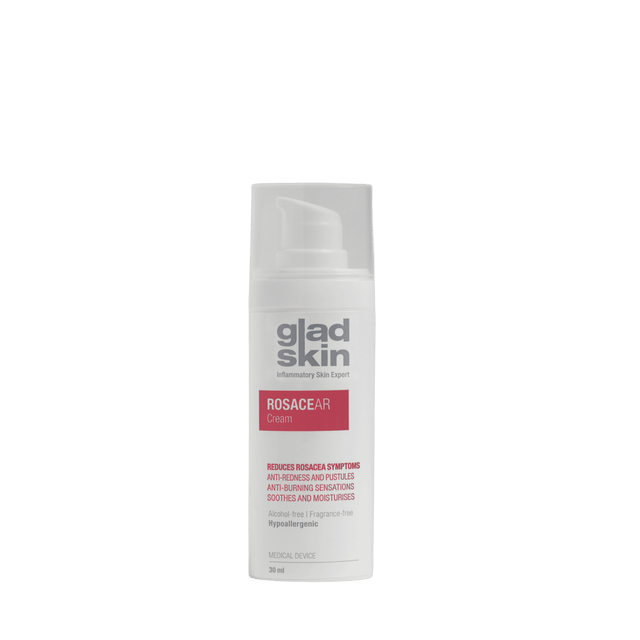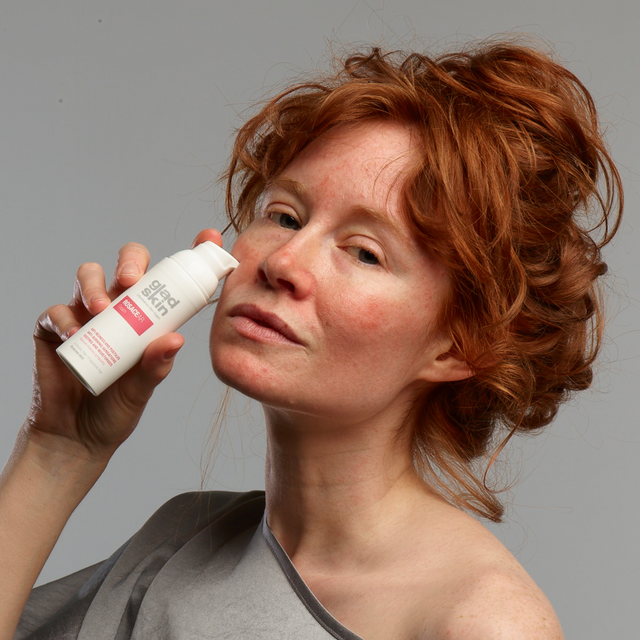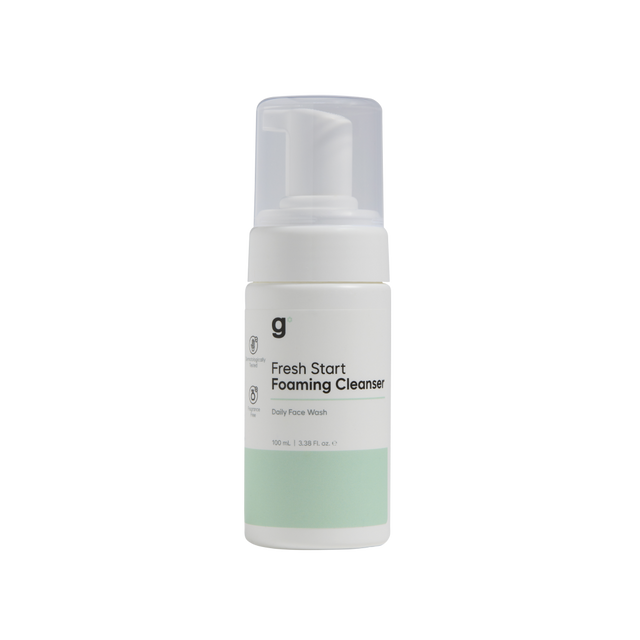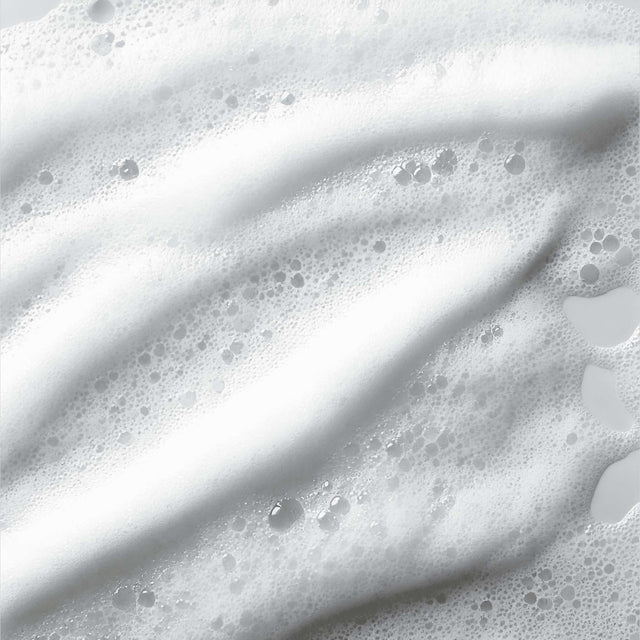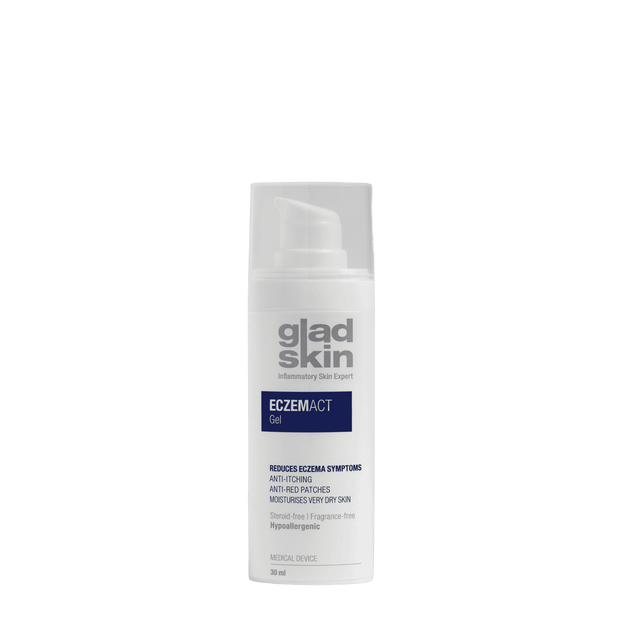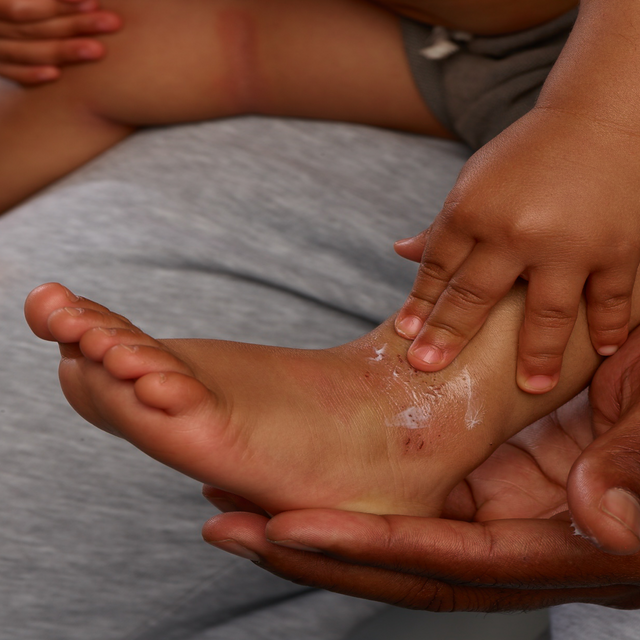More than 400 million people worldwide live with rosacea, which has no cure and no definitive cause. While even people who have rosacea may think it just causes blushing more frequently, this is actually a very complex skin condition that can worsen with symptoms becoming more severe over time. While it can’t be completely eliminated, researchers and doctors have found several factors that worsen or trigger rosacea, as well as treatments to minimise symptoms.
What is rosacea?
Rosacea is a chronic skin condition that occurs in cycles where it can be present for weeks or even months before disappearing for a period of time and then returning. It can be identified by frequently reddened skin, usually only affecting the face, but also can bring on more uncomfortable and even painful symptoms.
Often, rosacea appears as small, red, pus-filled bumps or persistent redness across the center of the face. Small blood vessels on the nose and cheeks often swell and become visible during flare-ups.
Rosacea triggers & causes
Now that we know what to look for, we should discuss what could be causing or provoking the rosacea. While it’s true that there isn’t a general consensus as to what actually causes or “gives” someone rosacea, there are numerous factors that trigger a cycle or worsen flare-ups. Below is an overview of triggers to keep an eye out for and which of those to avoid.
Unbalanced skin microbiome
The first key to healthy skin, whether with the aim of controlling rosacea or other inflammatory skin conditions such as eczema or acne, is regaining a balanced skin microbiome. This is a complex topic, but the basics are that the surface of the skin is naturally home to bacteria, some that are good and helpful and some that are bad and can be harmful if not kept in check, resulting in flare-ups of conditions such as rosacea.
If the skin microbiome becomes unbalanced, it creates an environment for bad bacteria to take over and worsen conditions like rosacea. By stabilising it with something that works to restore the microbiome, it can also help to bring skin health under control.
Environmental factors
Indirectly related to the skin microbiome and your skin’s health, are environmental components that impact your body. These can be external factors like sun exposure and heat or internal factors like stressor foods that you eat containing ingredients that worsen the redness associated with rosacea. Food and drink known to do this include spicy food, dairy, alcohol and cinnamaldehyde.
External factors all impact how your skin reacts to perceived threats and can also disrupt your skin microbiome’s bacteria. We’ll address avoiding these triggers in the treatments section, but keep in mind that there are nearly endless environmental factors that can affect different people's skin differently. This area of potential causes should be discussed with a doctor to determine how to go about testing and identifying your triggers without accidentally causing a serious reaction.
Harsh skincare products
Similar to several environmental factors like heat and sun exposure, harsh skincare products contain ingredients that dry out and irritate your skin. By looking through the products you use and eliminating those that have irritating ingredients, you might be surprised by the improvements you see over time. Harsh products often “overclean” and strip the skin of its microbiome and its natural barriers that help fend off redness and environmental pathogens. Things like preservatives and fragrances can be harmful, so using products without them can be beneficial to your skin, rosacea or not.
Genetics
Genetics almost certainly play a role in why rosacea appears in some but not others. Someone in a family that has a history of it is more likely to develop it themselves, and researchers at Stanford found two particular areas of the genome that can be linked to rosacea. In addition to that, certain demographic groups are more susceptible to the disease, including females, those with fair skin, hair, and eyes, and those between 30 and 50 years old.
Try Gladskin’s Rosacea Cream or Rosacea Gel to balance your skin microbiome and soothe your skin today.
Rosacea treatment options
While rosacea doesn’t have a cure, it can be treated in various ways. Below we will talk through treatment options, both those that are stronger and usually reserved for more extreme cases, as well as those that are simpler and don’t require prescriptions. Certain forms of rosacea are treated differently (especially ocular rosacea), but usually through use of antibiotics, or other prescriptions. Unfortunately, these carry a risk of worrisome side effects.
Avoid triggers
The most basic treatment is to avoid the things that cause flare-ups or worsen existing redness. With so many factors capable of influencing our skin and everyone’s skin being different, it can be difficult to not only list everything that could be a component, but to even know where to start. As mentioned in the section about environmental causes, discussing with a doctor what they think should be the starting point and timeline for evaluating should be your first step. A medical professional will also be better-equipped to identify what things are most likely to be affecting you through your diet, skincare routine, daily schedule, and more.
Eye drops
Ocular rosacea is different from the other forms due to its proximity to the eyes and how sensitive they are. Because of this, it’s unsurprising that eye drops are often prescribed to treat the redness and irritation. While dermatologists usually are the experts on rosacea, an eye specialist might have to be consulted for treatments like eye drops, and may prescribe blephamide, a steroid and antibiotic eye drop. Warm compresses also help soothe the effects of ocular rosacea, and are a common pair with eye drops.
Topical and/or Oral Prescriptions
For the other forms of rosacea, creams with azelaic acid, or other ingredients may be prescribed by a doctor. Usage will depend on the cream and the situation, but application will likely be once or twice per day to reduce inflammation and discoloration. Topical treatments can often take 3 to 6 weeks to see improvement. Be careful of withdrawal when reducing use of it, as this can make the skin become hypersensitive and redder.
Prescriptions should be carefully considered only after less aggressive treatments and trigger avoidance options haven’t worked. Side effects of prescription medications may include rashes, vomiting, abdominal pain, light sensitivity, aches and pains, and more.
Laser treatment
Light or laser treatment is an option for rosacea treatment that would follow if any topical or oral medications are not reducing symptoms. This therapy uses intense pulses of light to shrink the size of blood vessels in the face to bring inflammation, itchiness, and irritation back to manageable levels.
Laser therapy will usually not permanently reduce symptoms however and can be needed on a recurring basis to not only reduce blood vessel size, but to remove buildup of skin from phymatous rosacea as well.
Surgical treatment
Similar to laser therapy to reduce skin buildup or thickness from phymatous rosacea, surgery may also be a consideration to get this done. A cosmetic surgeon would be required for this procedure rather than a dermatologist and the procedure usually involves removing excess skin and reshaping the surface of it.
With surgery, other treatment options may be used in conjunction so that the progress made doesn’t reverse, letting the rosacea worsen again. Often, the patient will be given medication that is more for maintenance and upkeep of the skin rather than the purpose of clearing it.
Balancing your skin microbiome
One way of maintaining and ensuring the health of your skin is by balancing and protecting your skin’s microbiome. As mentioned in the section about causes of rosacea, this will create a healthier environment where good bacteria can keep bad ones in check.
There are two primary ways to keep the skin microbiome healthy – by restoring stability if it has become unbalanced and then by supporting and maintaining that balance. Products with an ingredient like Gladskin’s Staphefekt™ can help calm skin prone to rosacea using this tactic. It does this by helping the good bacteria and microbes restore balance and prevent bad bacteria from overwhelming the good. This also provides a solution that doesn’t have side effects like dryness and sun sensitivity so you’re not swapping one skin issue for another.
Shop Now: Rosacea Collection
Once the microbiome balance has been restored, upkeep is necessary to prevent future outbreaks. This is where both avoiding harsh skincare products that can affect the skin microbiome and using products that maintain the microbiome are essential.
Rosacea can be kept in check
Rosacea is a skin condition that can vary wildly in terms of how manageable it is and how much impact it can have on your life. With a better understanding of this skin condition and its treatment, you should now be able to decide whether it’s something mild enough where more basic and accessible treatments will do or whether you need to visit a specialist. No matter what your situation with rosacea is, there is help out there and rosacea can be kept in check so you can live a happier, healthier life.
At Gladskin, we’ve often found that people who suffer from rosacea-prone skin turn to us once they’ve realized all the common lines of defense (i.e. prescription options) aren’t working. Whether you’re experiencing rosacea for the first time or you’ve been battling it for years, Gladskin offers a solution that won’t trade one issue for another (think dryness, hyper-sensitivity, etc.) due to harsh and harmful ingredients.
